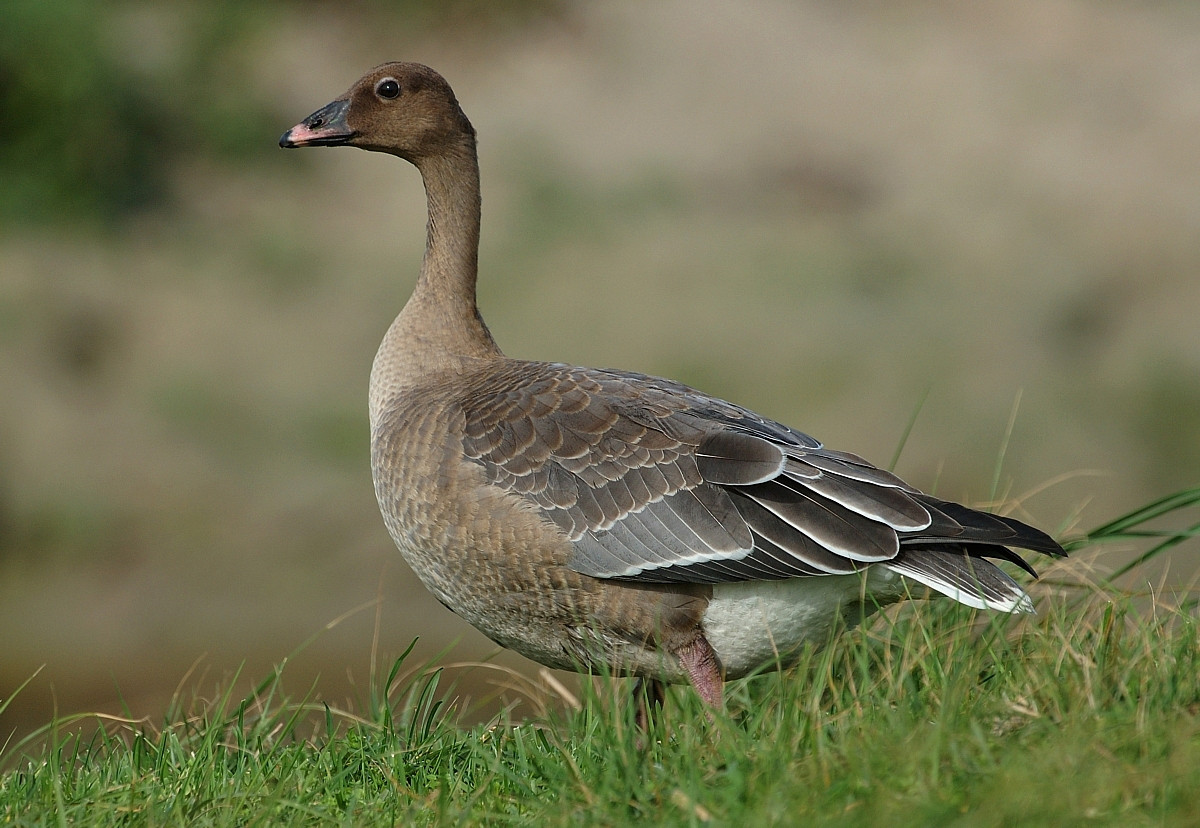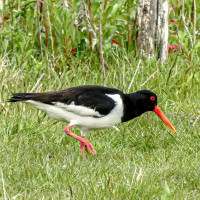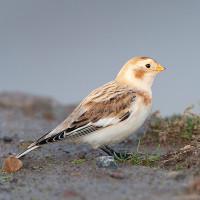Description
The lagoons attract waterfowl but the mudflats are the main attraction, particularly on a rising tide, when waders are driven landwards and geese commute to feed inland.
In spring, Black-headed Gull and Avocet take up residence on the islands. Wading birds in their colourful breeding plumage pass through on their way to the Arctic. Barn Owl can been seen at dawn and dusk hunting over the saltmarsh.
In summer on the islands, Common Tern are at the height of their breeding activity. Later in the summer, flocks of Red Knot wheel in vast numbers at sunset.
Autumn sees thousands of thrushes and finches migrate overhead. Eurasian Wigeon and Brent Goose start to arrive back from breeding grounds, calling noisily to each other.
In winter, huge numbers of waterfowl gather on the lagoons and out in The Wash, while Peregrine Falcon and Hen Harrier actively hunt on the saltmarsh. Common Goldeneye also gather on the lagoons and begin displaying in preparation for the coming spring.
Details
Access
From the carpark, access is by foot along muddy footpaths to the coast, where the paths are drier. Snettisham has three wildlife observation hides (two are all-weather and wheelchair friendly), all offering views across the lagoons and one has dual aspect views across lagoons and The Wash.
Terrain and Habitat
Wetland , Scattered trees and bushes , Sea , Mud flatsConditions
Flat , High water possible , Open landscapeCircular trail
YesIs a telescope useful?
YesGood birding season
All year roundBest time to visit
Winter , Spring migration , Autumn migrationRoute
Wide path , Narrow trailDifficulty walking trail
Average walkAccessible by
FootBirdwatching hide / platform
YesExtra info
It's worth checking the RSPB website (see the link below) for guided walks, particularly when winter high tides occur around dawn. At this time, large numbers of geese fly inland overhead.



